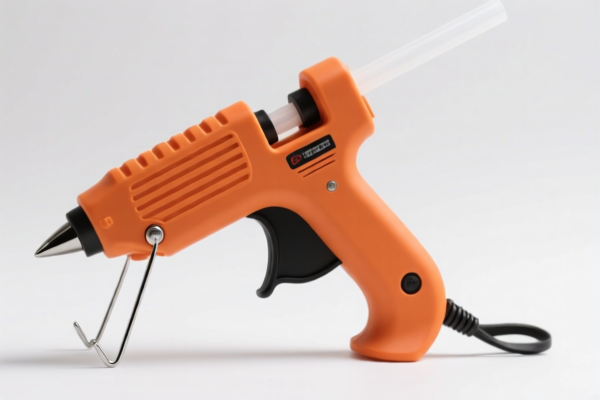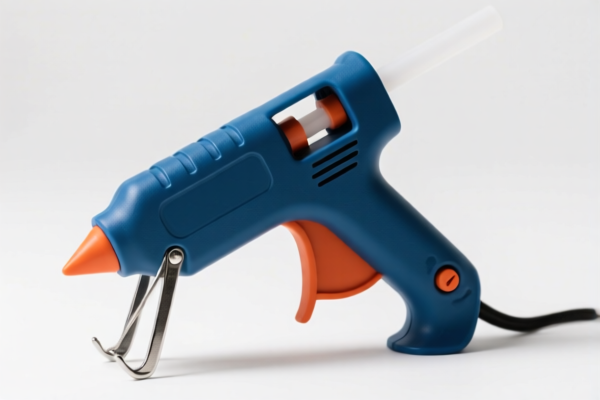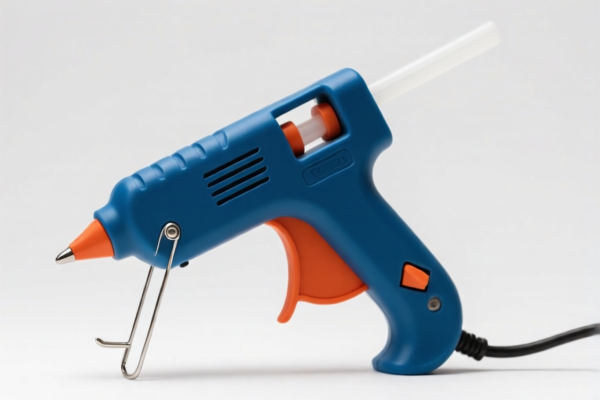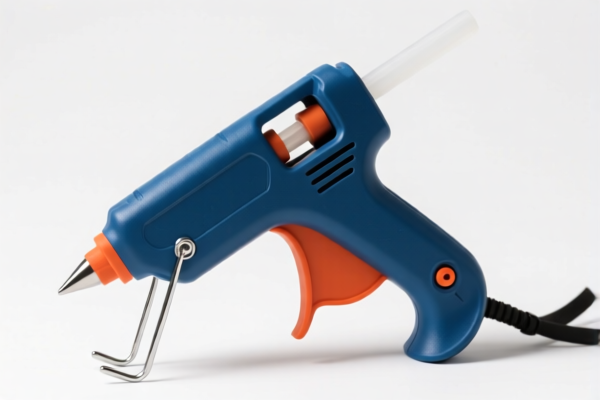| HS Code | Official Doc | Tariff Rate | Origin | Destination | Effective Date |
|---|---|---|---|---|---|
| 3926904000 | Doc | 32.8% | CN | US | 2025-05-12 |
| 3901905501 | Doc | 61.5% | CN | US | 2025-05-12 |
| 3901909000 | Doc | 61.5% | CN | US | 2025-05-12 |
| 3914006000 | Doc | 58.9% | CN | US | 2025-05-12 |
| 3914002000 | Doc | 55.0% | CN | US | 2025-05-12 |
| 9602001040 | Doc | 40.5% | CN | US | 2025-05-12 |
| 9602001080 | Doc | 40.5% | CN | US | 2025-05-12 |
| 3503001000 | Doc | 1.2¢/kg + 1.5%+37.5% | CN | US | 2025-05-12 |
| 3503005550 | Doc | 2.8¢/kg + 3.8%+37.5% | CN | US | 2025-05-12 |




Solid Glue
Solid glue refers to adhesive substances that are in a solid or semi-solid state at room temperature. These adhesives require activation, typically through heat, pressure, or a solvent, to become liquid and capable of bonding materials.
Material Composition
Solid glues encompass a broad range of materials, categorized by their chemical base:
- Hot Melt Adhesives: Primarily composed of thermoplastic polymers (e.g., ethylene-vinyl acetate (EVA), polyolefin, polyamide). These melt upon heating and solidify upon cooling.
- Pressure-Sensitive Adhesives (PSAs): Based on viscoelastic polymers, often acrylics, rubbers, or silicones. They bond with applied pressure.
- Epoxy Adhesives (Two-Part): Consist of an epoxy resin and a hardener. Mixing initiates a chemical reaction, creating a strong, durable bond.
- Cyanoacrylate Adhesives (Super Glue): Rapidly polymerize upon exposure to moisture, forming a strong bond.
- Polyurethane Adhesives: Available in one-part and two-part formulations, offering flexibility and resistance to various conditions.
- Wax Adhesives: Natural or synthetic waxes used for lower-temperature bonding applications.
Purpose and Function
The primary function of solid glue is to create a bond between two or more substrates through adhesion. Specific purposes vary depending on the type of glue:
- Bonding: Joining materials together permanently or semi-permanently.
- Sealing: Filling gaps and preventing the passage of fluids or gases.
- Coating: Providing a protective layer on surfaces.
- Encapsulation: Protecting sensitive components.
- Gasketing: Creating a seal between mating surfaces.
Usage Scenarios
Solid glues are used in a diverse range of applications across various industries:
- Packaging: Sealing cartons, boxes, and labels. (Hot melt adhesives)
- Bookbinding: Binding pages together. (Hot melt adhesives)
- Woodworking: Joining wood components. (Hot melt, epoxy, polyurethane)
- Electronics: Bonding and protecting electronic components. (Epoxy, cyanoacrylate)
- Automotive: Bonding interior and exterior parts. (Epoxy, polyurethane)
- Construction: Installing flooring, panels, and fixtures. (Polyurethane)
- Arts and Crafts: General purpose bonding and repairs. (Cyanoacrylate, hot melt)
- Medical: Bonding medical devices and components. (Epoxy, cyanoacrylate)
Common Types
- Glue Sticks: Primarily for paper and light materials, activated by heat from a glue gun. (Hot melt)
- Epoxy Putty: Two-part epoxy for filling gaps and repairing damaged surfaces. (Epoxy)
- Super Glue (Cyanoacrylate): Fast-setting adhesive for small repairs and bonding various materials.
- Double-Sided Tape: PSA for mounting and bonding lightweight materials.
- Wood Glue: Specifically formulated for wood bonding, often PVA-based.
- Polyurethane Construction Adhesive: High-strength adhesive for bonding various building materials.
- Hot Melt Glue Pellets/Blocks: Used in industrial glue guns for high-volume applications.
Solid glue, based on the provided information, can fall under several HS codes depending on its composition. Here's a breakdown of potential classifications:
- 3503.00.10.00: This HS code covers Gelatin (including gelatin in rectangular (including square) sheets, whether or not surfaceworked or colored) and gelatin derivatives; isinglass; other glues of animal origin, excluding casein glues of heading 3501: Fish glue. This applies if the solid glue is specifically fish glue. The tariff details are a base duty of 1.2¢/kg + 1.5%, a 7.5% additional tariff, and a 30.0% additional tariff post-April 2, 2025, resulting in a total tariff of 1.2¢/kg + 1.5% + 37.5%.
- 3503.00.55.50: This HS code covers Gelatin (including gelatin in rectangular (including square) sheets, whether or not surfaceworked or colored) and gelatin derivatives; isinglass; other glues of animal origin, excluding casein glues of heading 3501: Other Other. This applies to other types of gelatin-based glues. The tariff details are a base duty of 2.8¢/kg + 3.8%, a 7.5% additional tariff, and a 30.0% additional tariff post-April 2, 2025, resulting in a total tariff of 2.8¢/kg + 3.8% + 37.5%.
- 9602.00.10.40: This HS code covers Worked vegetable or mineral carving material and articles of these materials; molded or carved articles of wax, of stearin, of natural gums or natural resins, of modeling pastes, and other molded or carved articles, not elsewhere specified or included; worked, unhardened gelatin (except gelatin of heading 3503) and articles of unhardened gelatin: Worked unhardened gelatin and articles thereof Unfilled gelatin capsules. This applies if the solid glue is in the form of unfilled gelatin capsules. The tariff details are a base duty of 3.0%, a 7.5% additional tariff, and a 30.0% additional tariff post-April 2, 2025, resulting in a total tariff of 40.5%.
- 9602.00.10.80: This HS code covers Worked vegetable or mineral carving material and articles of these materials; molded or carved articles of wax, of stearin, of natural gums or natural resins, of modeling pastes, and other molded or carved articles, not elsewhere specified or included; worked, unhardened gelatin (except gelatin of heading 3503) and articles of unhardened gelatin: Worked unhardened gelatin and articles thereof Other. This applies to other forms of worked unhardened gelatin. The tariff details are a base duty of 3.0%, a 7.5% additional tariff, and a 30.0% additional tariff post-April 2, 2025, resulting in a total tariff of 40.5%.
According to the provided reference material, the HS code options related to 'solid glue' are limited, with only the following 4 found.
It is important to determine the exact composition of the solid glue to select the correct HS code. If the glue is animal-based, codes starting with 3503 should be considered. If it's a different material, codes starting with 9602 might be more appropriate.
Customer Reviews
No reviews yet.